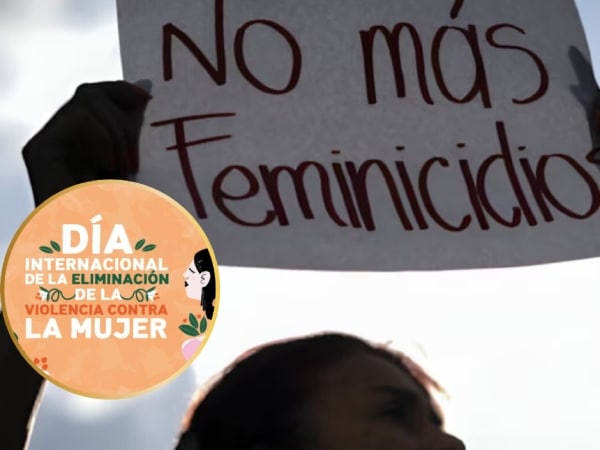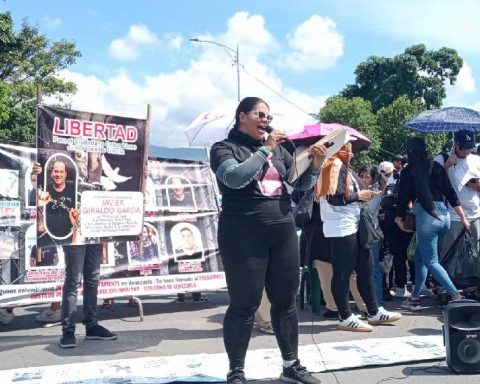Every 10 minutes a woman is murdered by her partner or family member, according to a UN report.
News Colombia.
Every November 25, the world comes together to reflect and act against violence against women within the framework of the International Day for the Elimination of Violence against Women.
However, in Colombia, this day is marred by a terrifying figure: at least 745 femicides have been reported so far in 2024, according to the Colombian Observatory of Femicides.
See: Figures of murders of trans women in Cali are worrying; the highest in Colombia so far in 2024
Between January and October of this year, Antioquia and Bogotá led the statistics with 96 and 72 cases reported respectively.
These regions, along with Valle del Cauca, continue to be the most affected, as occurred in 2023, when 525 femicides were recorded in total. The increase in numbers is devastating and poses an inescapable urgency: stopping this crisis of gender violence.
The profile of feminicide in Colombia
Data from the observatory indicate that the most affected age range is that of young women between 25 and 29 years old. In a heartbreaking 33% of cases (246 femicides), the aggressor was someone close or known to the victim. This closeness shows the persistence of toxic and unequal dynamics in the most intimate environments, where women should feel safe.
A chronology marked by horror
August stood out as the most violent month so far in 2024, with 92 femicides, followed by March with 86. This contrasts with the panorama of 2023, where the months of July, August and September concentrated the highest peaks of violence.
In many of these cases, the feminicide was the partner or ex-partner of the victim, perpetuating a pattern of systematic abuse.
Intersectionality: invisible victims
Among the 745 murdered women, at least 72 were black, Afro-descendant, Raizal and Palenquera, and 18 were trans women.
These figures show not only gender violence, but also how it intersects with racism and transphobia, further aggravating the vulnerability of certain groups.
While this date is remembered, it is not enough to commemorate: it is necessary to make visible, denounce and take concrete actions.
Violence against women is a structural problem that requires the mobilization of the entire society for its eradication. Each of the 745 murdered women had a history, a future and rights that were brutally taken away.
You can also read:













